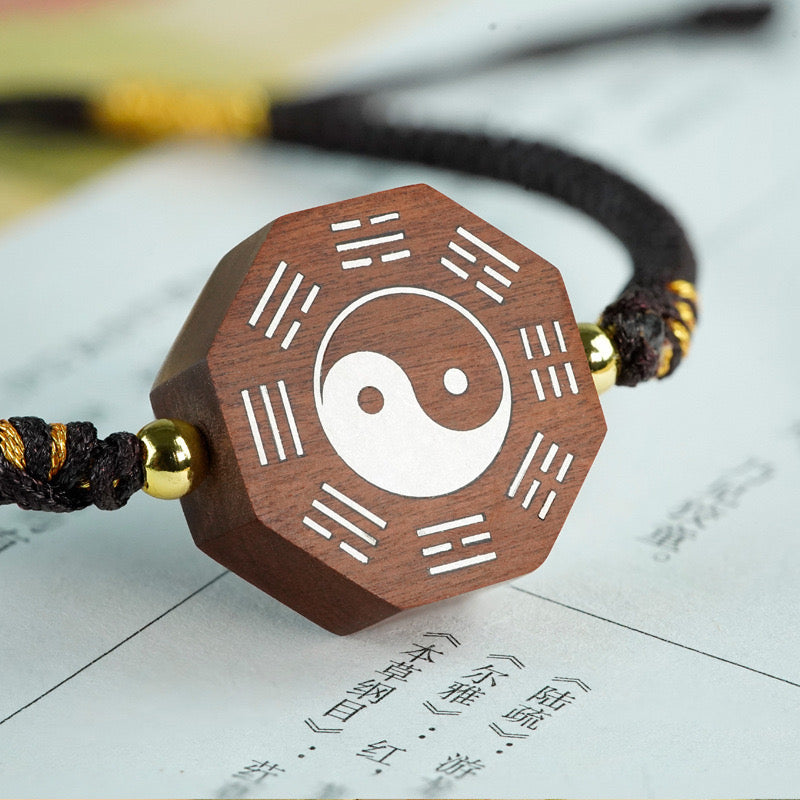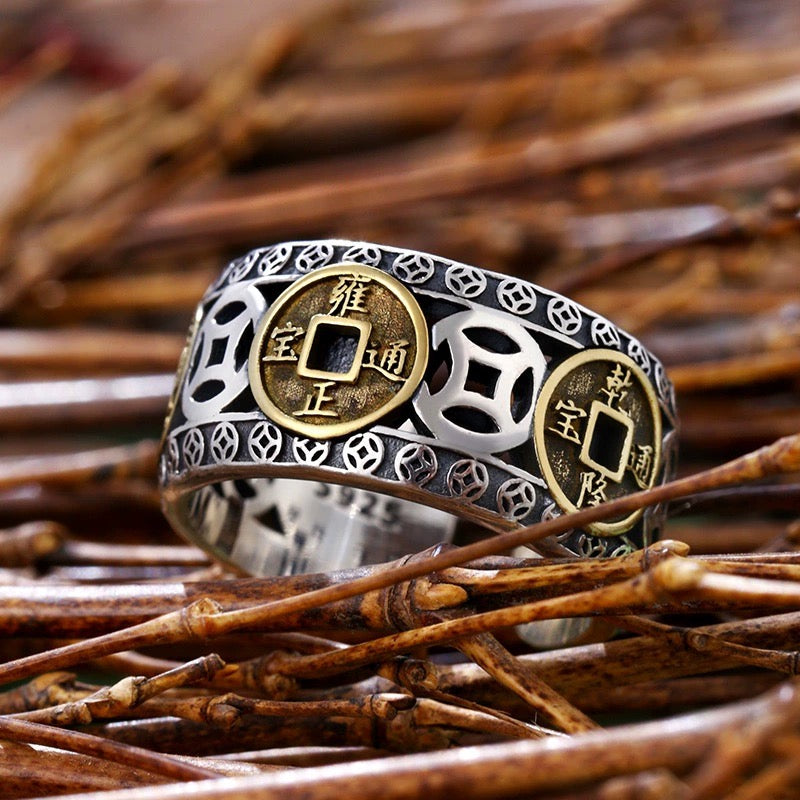The five elements and how they work together
Table of Contents

The five elements in Feng Shui, known as the Five Elements, are Metal, Wood, Water, Fire, and Earth. These elements form an important theory in ancient Chinese philosophy used to explain the universe and its changing patterns. The Five Elements theory suggests that these elements are interconnected through cycles of generation and control, affecting and transforming one another. Here is a detailed explanation of the five elements:
Metal
- Attributes: Hard, sharp, calm.
- Colors: White, gold.
- Direction: West.
- Season: Autumn.
- Generative Relationship: Metal generates Water (metal can melt into a liquid state).
- Controlling Relationship: Fire controls Metal (fire can melt metal).
- Representative Items: Metal products, swords, coins.
In Feng Shui, Metal symbolizes strength and resilience. Its calm and sharp attributes make it a symbol of decision-making and judgment. In home Feng Shui, metal objects are often used to enhance energy and clarity in a space.

Wood
- Attributes: Growth, flexibility, upward movement.
- Colors: Green, blue.
- Direction: East.
- Season: Spring.
- Generative Relationship: Wood generates Fire (wood burns to create fire).
- Controlling Relationship: Metal controls Wood (metal tools can cut down trees).
- Representative Items: Trees, plants, wooden furniture.
Wood represents vitality and growth. In Feng Shui arrangements, green plants and wooden furniture can increase the vitality and energy of a space, aiding in health and career advancement.

Water
- Attributes: Flowing, nourishing, cold.
- Colors: Black, blue.
- Direction: North.
- Season: Winter.
- Generative Relationship: Water generates Wood (water nourishes plants, helping them grow).
- Controlling Relationship: Earth controls Water (soil can absorb water).
- Representative Items: Rivers, lakes, rain, liquids.
Water symbolizes wisdom and flexibility. In Feng Shui, water’s fluidity and nourishing properties are used to regulate energy fields and balance energy flow. Water features or aquariums are often used to enhance wealth and career luck.

Fire
- Attributes: Passionate, bright, rising.
- Colors: Red, purple.
- Direction: South.
- Season: Summer.
- Generative Relationship: Fire generates Earth (fire can turn plants into ashes, which become soil).
- Controlling Relationship: Water controls Fire (water can extinguish fire).
- Representative Items: Flames, sunlight, lights, heat.
Fire represents passion and energy. In Feng Shui, fire elements are used to increase the liveliness and warmth of a space. Red decorations or lighting fixtures can help enhance family happiness and social luck.

Earth
- Attributes: Stable, inclusive, solid.
- Colors: Yellow, brown.
- Direction: Center.
- Season: Long summer (transition periods between seasons).
- Generative Relationship: Earth generates Metal (metal minerals are found in the soil).
- Controlling Relationship: Wood controls Earth (plant roots can penetrate the soil).
- Representative Items: Soil, ceramics, bricks.
Earth symbolizes stability and support. In Feng Shui, earth elements are used to strengthen foundations and stability. Yellow and brown decorations or ceramic items can help enhance family harmony and health.
Cycles of Generation and Control

Generative Relationships
- Wood generates Fire: Wood burns to create fire.
- Fire generates Earth: Fire turns plants into ashes, which become soil.
- Earth generates Metal: Metal minerals are found in the soil.
- Metal generates Water: Metal can melt into a liquid state (symbolic explanation).
- Water generates Wood: Water nourishes plants, helping them grow.
Controlling Relationships
- Wood controls Earth: Plant roots can penetrate and loosen the soil.
- Earth controls Water: Soil can absorb and block water flow.
- Water controls Fire: Water can extinguish fire.
- Fire controls Metal: High temperatures can melt metal.
- Metal controls Wood: Metal tools can cut down trees.
Application of the Five Elements in Feng Shui
These elements and their generative and controlling relationships are widely applied in Feng Shui, medicine, divination, and other fields to explain and guide people's life practices. In home Feng Shui, harmoniously incorporating the Five Elements can create a balanced living environment, enhancing family happiness and health. Each element has its unique attributes and energy, and by skillfully applying the Five Elements theory, we can better understand and optimize our living spaces.
Conclusion
The Five Elements theory is not just a part of ancient philosophy; it still holds significant guiding importance in modern life. By understanding and applying the principles of the generative and controlling cycles of the Five Elements, we can find more balance and harmony in our daily lives, improving our quality of life and happiness. Feng Shui, as an ancient wisdom, provides a path for harmonious coexistence with nature, allowing us to still enjoy the brilliance of ancient wisdom in modern society.






Leave a comment